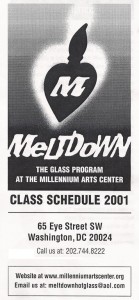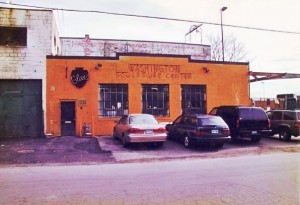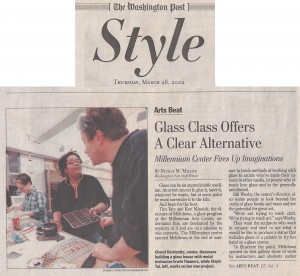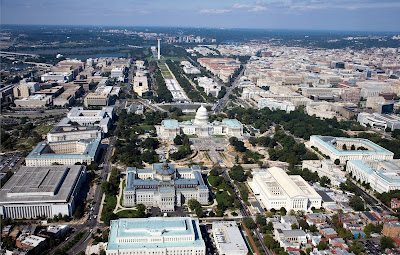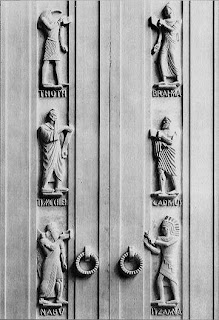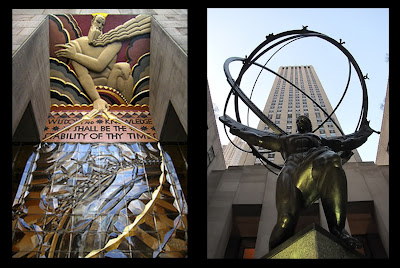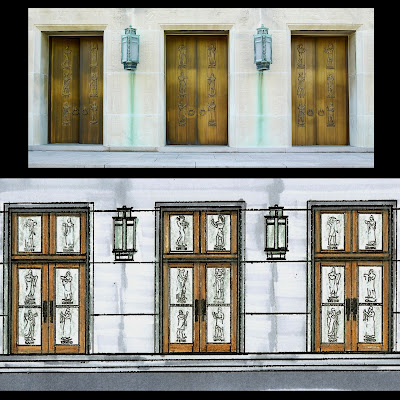The 9/11 anniversary always puts everyone in the Washington Glass School in a reflective mood.
Washington Glass School started in 2001 (the original name of the school was “Meltdown”) with its first class scheduled for September 13th, 2001, at the Millennium Arts Center in SW Washington, DC.
After the tragedy of 9/11, Director Tim Tate and Erwin Timmers contacted the students – sure that no-one was going to go to a glass class in Washington, DC. All the students asked that the class continue – as they wanted some sense of normalcy and wanted to work at creating something.
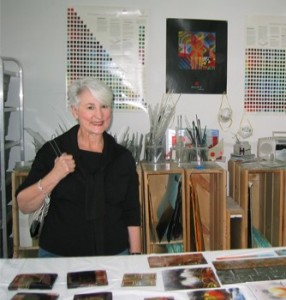
Artist Diane Cooper Cabe was a student in the first class. Said Diane : “Being at Meltdown during that stressful, sad time with warm-hearted folks and creative work to do helped us all heal.” Photo circa 2002.
The School started strong – with early student exhibitions covered by the Washington Post and Washington Times. Classes continued thru the years with some great glass and art instructors: Liz Mears, Lucartha Kohler, Sean Hennessey, Joseph Cavalieri, Allegra Marquart, Bert Weiss and Debra Ruzinsky. Workshops by glass superstars Judith Schaechter and Therman Statom.
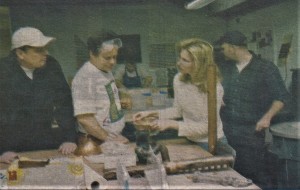
Tim Tate (L), Erwin Timmers (Center L) talk with a student about glass and steel sculpture. Photo circa 2001.
Many of the students and teaching assistants have went on to open their own studios and become renown artists in their own right – including Cheryl Derricotte, Jeff Zimmer, Teddie Hathaway, Audrey Wilson, Laura Beth Konopinski and (later a Co-Director of WGS) Michael Janis.
In 2003, the school was reorganized and moved to the Washington Sculpture on Half Street in SE. Renamed “The Washington Glass School” remained at that location until the city used eminent domain to clear the area (and demolish the building) to make room for the new Nationals baseball stadium.
In 2006, The Washington Glass School moved to Mount Rainier, MD, and to its current facility in 2007.
We look back on the memories of the past 18 years with a bittersweet mixture of pride, sentiment, and fondness for those days and love for those who have passed on.
And then take a deep breath and get back on to work.
